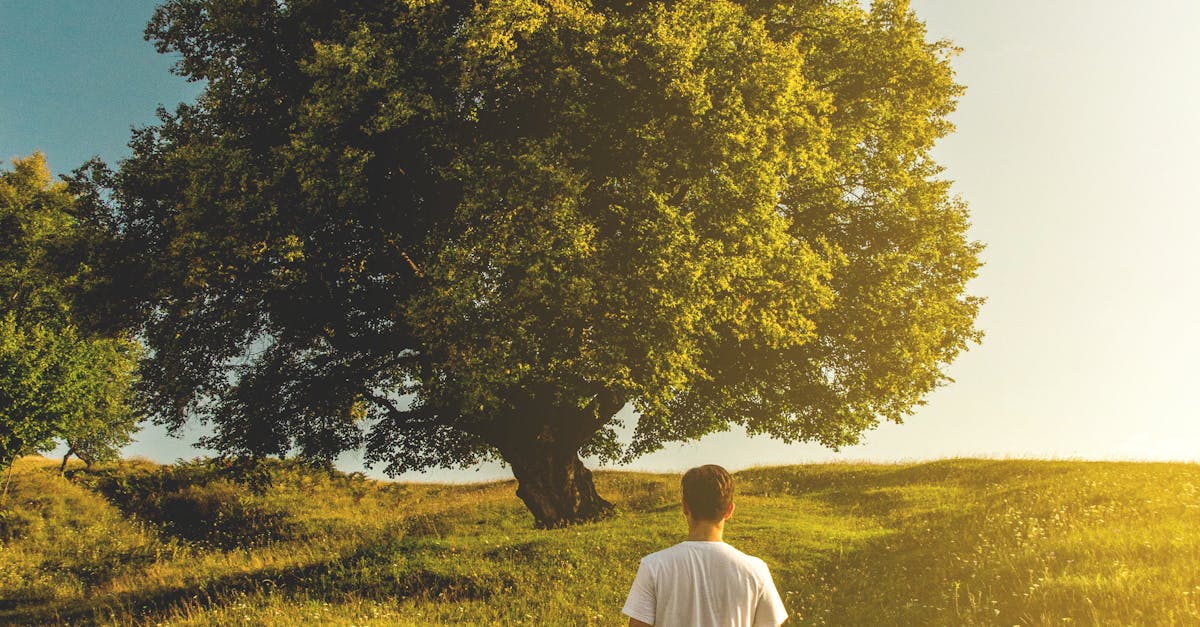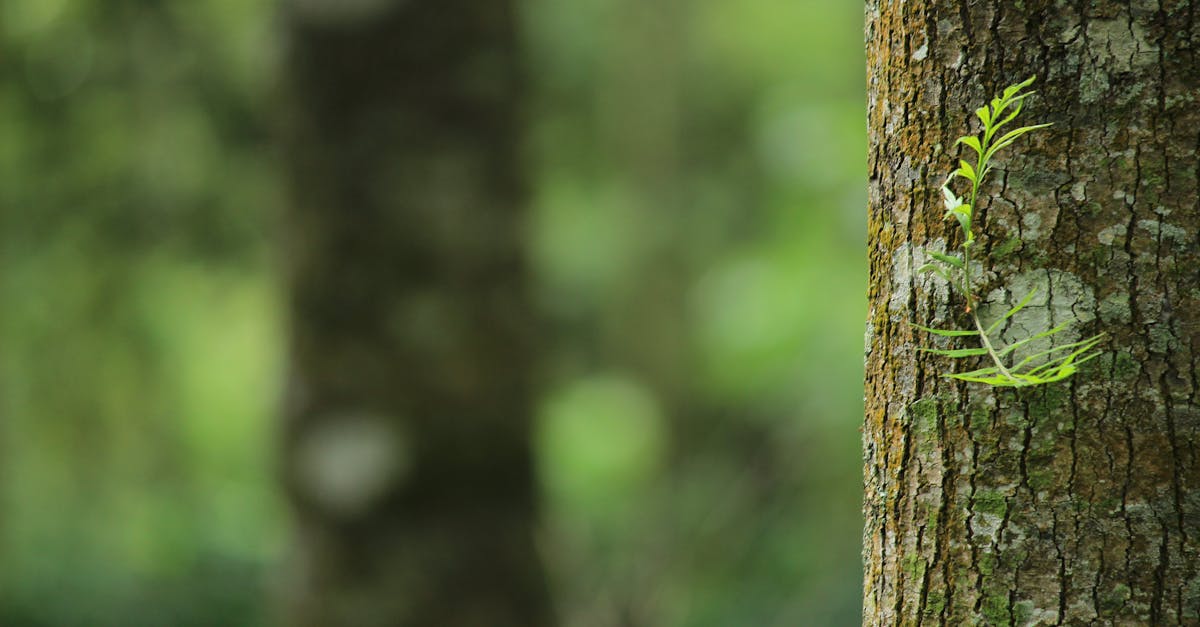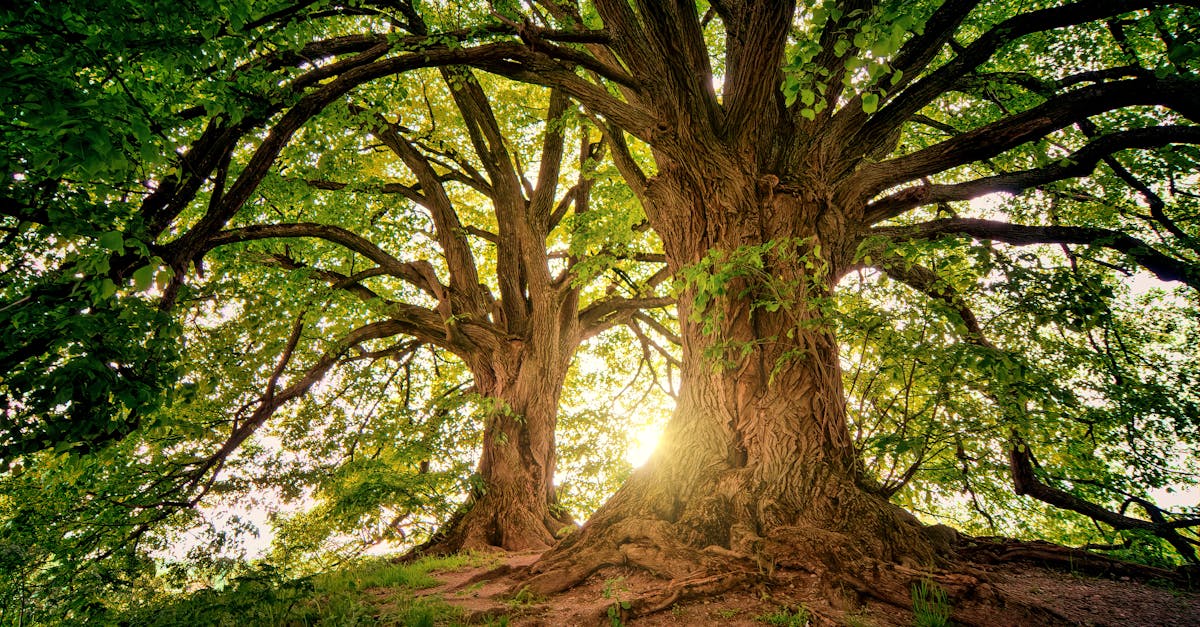
When to Prune Trees
When to Prune Trees
Tree pruning and trimming are essential practices for maintaining the health and aesthetics of your trees. In Georgia, understanding the appropriate timing for these tasks can significantly impact the growth and vitality of your trees. The best time to prune trees is typically during the dormant season in late winter or early spring. During this period, trees are less susceptible to disease, and the wounds from pruning can heal more quickly. By conducting tree pruning and trimming in Georgia during these months, you can promote healthy regrowth and shape your trees for optimal growth.
It is crucial to avoid pruning trees during times of active growth, such as late spring and summer. Pruning during these periods can stress the tree and make it more vulnerable to pests and diseases. Additionally, pruning in the fall can stimulate new growth that may not have enough time to harden off before winter, potentially leading to frost damage. By adhering to the recommended timing for tree pruning and trimming in Georgia, you can help your trees thrive and enhance the overall beauty of your landscape.
Seasonal Timing for Effective Pruning
Proper timing is crucial when it comes to tree pruning and trimming in Kennesaw, Georgia. Understanding the seasonal needs of your trees will help ensure their health and longevity. Winter is often the best time for pruning, as trees are dormant, and pruning during this period reduces the risk of disease or pest infestations. It also allows for better visibility of the tree's structure without foliage.
On the other hand, summer is ideal for light trimming to maintain the shape of the tree and remove any excessive growth. It is essential to avoid heavy pruning in the summer months to prevent stressing the tree due to extreme heat. Spring should be reserved for corrective pruning, focusing on removing dead or damaged branches and promoting new growth. Fall is generally not recommended for extensive pruning, as it may interfere with the tree's preparations for winter. Understanding the seasonal variations in pruning and trimming will contribute to the overall health and aesthetics of your trees in Kennesaw, Georgia.
Tree Trimming Tools
Having the right tools for tree trimming is essential to ensure the job is done efficiently and safely. In Kennesaw, Georgia, when it comes to trimming trees, some of the essential tools include pruning shears, loppers, hand saws, and pole pruners. Pruning shears are ideal for smaller branches, while loppers are better suited for thicker branches that require more strength to cut through. Hand saws come in handy for larger branches that pruning shears or loppers can't handle, and pole pruners are useful for trimming branches that are higher up in the tree canopy.
Additionally, having a sturdy ladder is essential when trimming trees to reach higher branches safely. Rope and harnesses can also be beneficial for securing yourself while working up in the tree. These tools not only make the job more manageable but also help ensure that the tree pruning and trimming in Kennesaw, Georgia, is carried out effectively and without any safety hazards.
Essential Equipment for Trimming
For efficient tree pruning and trimming in Georgia, it is crucial to have the appropriate equipment on hand. Essential tools include pruning shears, loppers, hand saws, and pole pruners. Pruning shears are useful for cutting small branches, while loppers can handle thicker branches that are up to two inches in diameter. Hand saws are necessary for larger branches that pruning shears or loppers cannot manage, and pole pruners are essential for reaching high branches safely.
Additionally, having protective gear such as gloves, safety glasses, and sturdy footwear is paramount when engaging in tree pruning and trimming in Georgia. These items safeguard against cuts, splinters, and debris. Safety glasses protect the eyes from any flying wood chips or debris, while gloves provide a good grip on tools and protect hands from scratches. Sturdy footwear ensures stability while climbing ladders or navigating uneven terrain during tree maintenance tasks. By having the necessary equipment and protective gear, tree pruning and trimming in Georgia can be done effectively and safely.
Common Mistakes in Tree Pruning
Common Mistakes in Tree Pruning
Incorrect cutting techniques can harm the tree more than help it. One common mistake is pruning branches at the wrong time of year, which can weaken the tree and make it susceptible to diseases and pests. Over-pruning is another error that can lead to stunted growth and even death of the tree. It is crucial to follow proper guidelines when trimming or pruning to ensure the tree's health and longevity.
Many homeowners attempt tree pruning without the necessary knowledge and tools, leading to uneven cuts and improper shaping. Neglecting to sterilize cutting tools between trees can spread diseases among them. Additionally, disregarding the natural shape of the tree while pruning can result in an unsightly appearance and harm its overall development. To maintain healthy trees, it is essential to understand the appropriate pruning techniques and invest in proper equipment. Tree Pruning and Trimming in Georgia requires a meticulous approach to promote tree health and preserve their beauty.
Avoiding OverPruning Pitfalls
When it comes to tree pruning and trimming in Georgia, avoiding over-pruning is crucial to maintaining the health and aesthetics of your trees. One common mistake is known as "topping," which involves indiscriminately cutting off the tops of trees. This harmful practice can lead to weak regrowth, rapid decay, and an overall unbalanced tree structure. By understanding the specific growth habits of each tree species and making targeted pruning cuts, you can prevent the negative consequences associated with over-pruning.
Another pitfall to avoid is excessive pruning of healthy branches. Removing large portions of a tree's canopy disrupts its ability to produce food through photosynthesis, weakening the tree's overall health. It is essential to strike a balance between achieving your desired aesthetic goals and maintaining the tree's structural integrity. By following proper pruning techniques and guidelines, you can enhance the beauty of your landscape while promoting the long-term health of your trees.
FAQS
What is the main difference between tree pruning and trimming?
Tree pruning is the process of selectively removing branches to improve the overall health and appearance of a tree, while tree trimming is focused on maintaining the shape and size of a tree by cutting back overgrown or unsightly branches.
How often should I prune my trees?
The frequency of tree pruning depends on the type of tree and its growth rate. In general, it is recommended to prune most trees every 3-5 years to promote healthy growth.
What tools do I need for tree trimming?
Some essential tools for tree trimming include pruning shears, loppers, pruning saws, and pole pruners. These tools help you safely and effectively trim branches of various sizes.
What are some common mistakes to avoid when pruning trees?
One common mistake is over-pruning, which can weaken the tree and make it more susceptible to diseases. It is also important to avoid cutting branches too close to the trunk or leaving behind jagged cuts.
Can tree pruning and trimming help improve the overall health of my trees?
Yes, proper tree pruning and trimming can promote healthy growth, reduce the risk of branch breakage, and enhance the overall appearance of your trees. It is important to follow best practices to ensure the long-term health of your trees.


